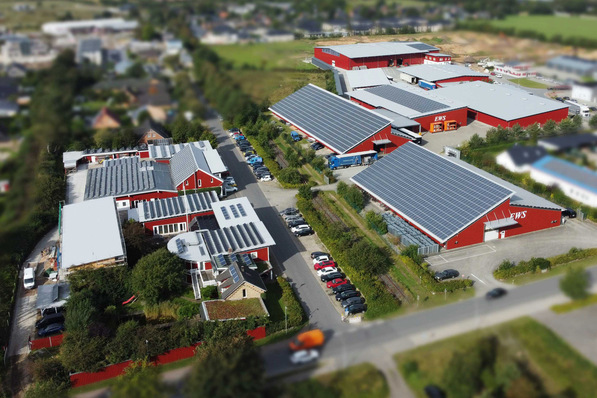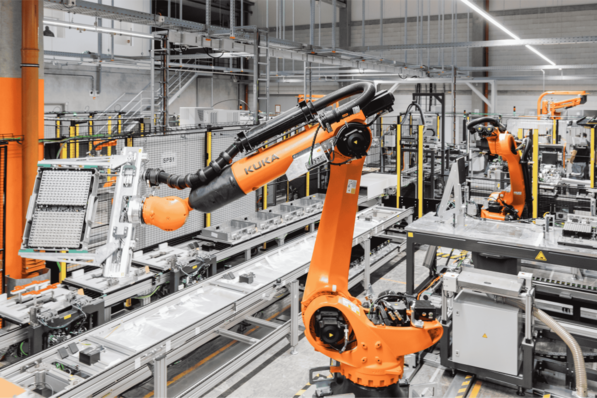Researchers at the Fraunhofer Institute for Manufacturing Engineering and Automation (IPA) have developed a solution for dismantling spent batteries from electric vehicles. This provides a way for the future to recover the valuable raw materials from the storage units. "Because a decisive factor in being able to compete is the availability and cost of the raw materials needed for batteries and e-motors," says Alexander Sauer, head of Fraunhofer IPA and the project, with regard to the competition on the electric car market. "This makes it all the more important not to simply shred spent batteries that still contain valuable raw materials, as has been the practice to date."
Separate by type
The basic prerequisite for being able to reuse battery components, however, is that the components of a battery can be dismantled according to type. This is precisely what twelve research partners have been working on since the end of 2019 in the project "Industrial Disassembly of Batteries and E-Motors (Demobat)" and have found a solution.
See also: Recycling PV panels for more efficient EV batteries
Before the actual dismantling, the batteries must be tested for remaining capacity and signs of age. This also includes a temperature analysis. This is followed by a test of how the batteries can be opened and components removed. A robot-based demonstrator was created in Demobat for this purpose. In addition, necessary tools were developed that can, for example, grip objects and loosen screws or connections. This in turn also requires powerful image processing, which must be able to recognise a large number of screws, cables and other components. In addition, the components are not always easily recognisable, for example due to ageing effects.
25 technologies tried out
To this end, the researchers have conceptualised and tested 25 different technologies in the project, eight of which they have completely built as demonstration and test robotic tools. These can be used for continuous industrial operation. In addition, the project partners have developed a flexible system with which a battery can be dismantled non-destructively down to the cell level. An important component of the flexible disassembly system is the safety concept, in which temperature is used as a possible indicator of a chain reaction should a battery catch fire.
Value cycle developed
Another goal of the project was to establish an efficient value-added cycle. Here, the components contained in the battery pack are to be mechanically separated and fed back into production. To this end, the researchers resorted to water-based recycling, which is a novel form of direct recovery of black mass.
Also interesting: Fraunhofer ISE develops concept for solar thermal tower power plants
For this purpose, a high-pressure water jet was used to remove the electrode coating from the carrier foils after the batteries had been mechanically separated. In this way, recyclates with a low CO2 footprint can be provided, which significantly reduces production-related greenhouse gas emissions when the admixture is high. (su/mfo)








